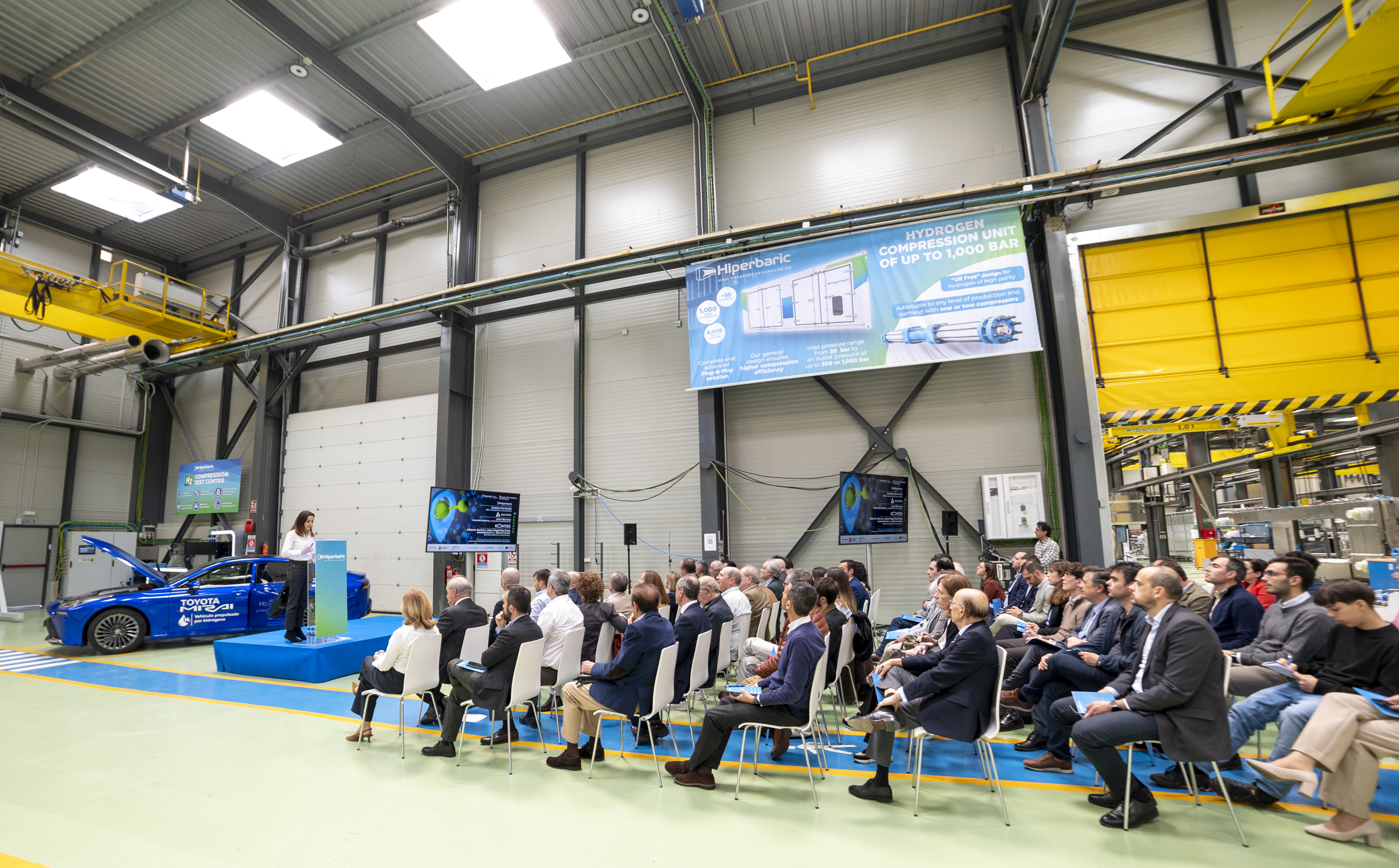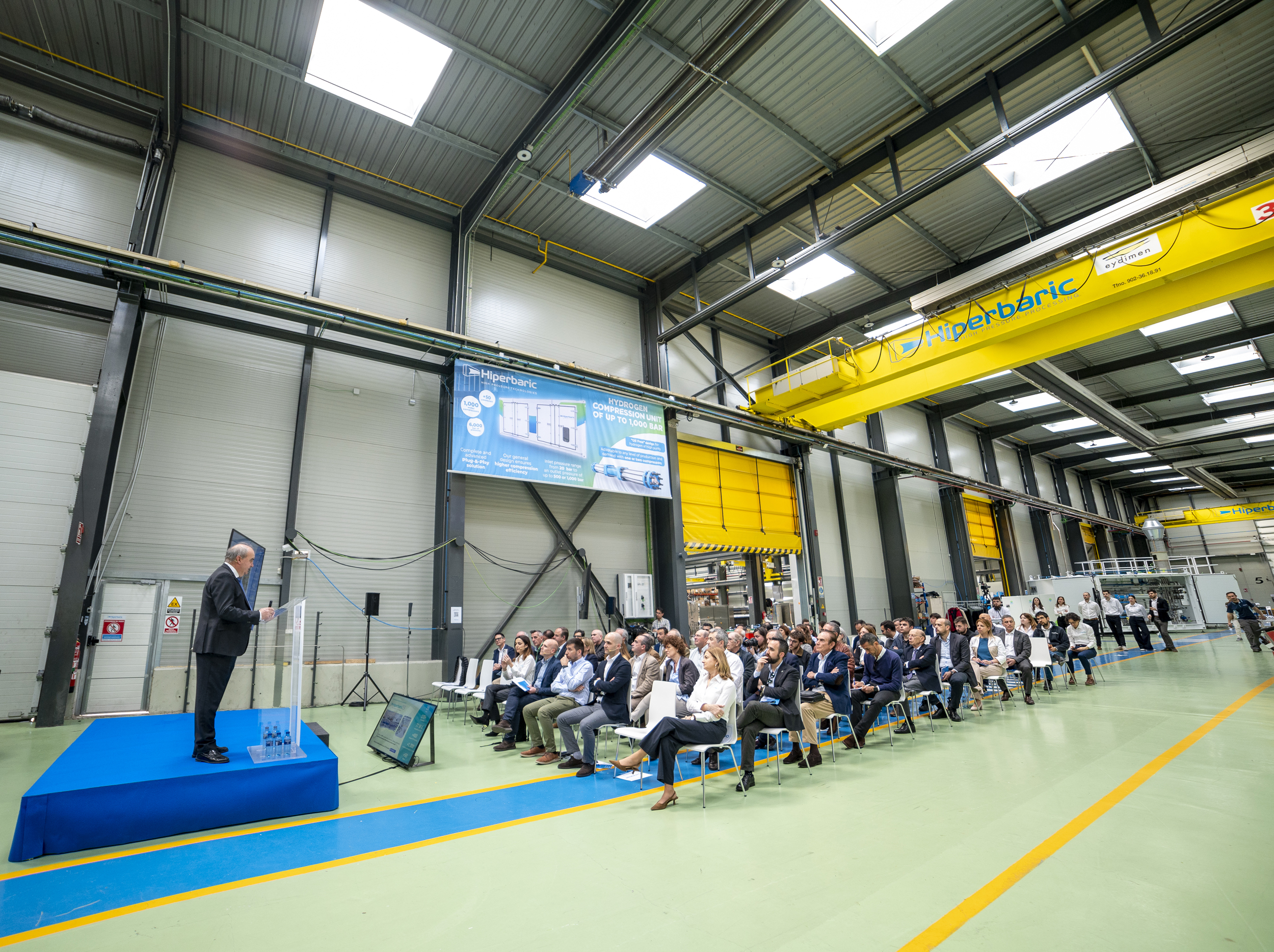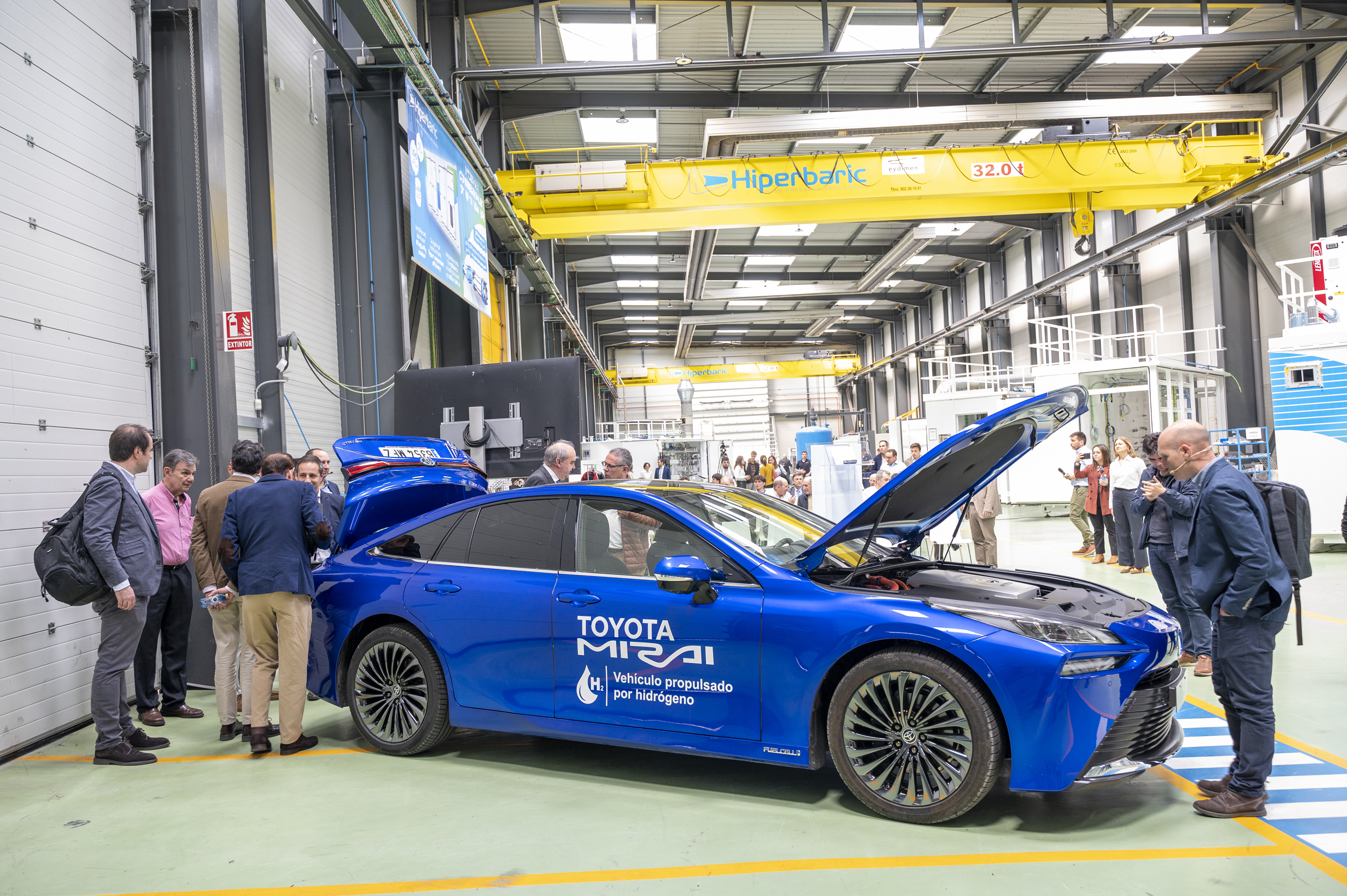
Hy2Market Regional Highlight: Castilla y León, Spain
Castilla y León is emerging as a strategic region in the Hy2Market project, leveraging its vast renewable energy potential, industrial capabilities, and strong institutional support to become a reference in hydrogen innovation in inland Spain. With abundant solar and wind resources, existing infrastructure, and key industrial players involved, the region is positioned to lead the inland hydrogen corridor and contribute significantly to Spain’s and Europe’s decarbonization goals.
The Hy2Market project in Castilla y León is represented by H2CYL – the Castilla y León Hydrogen Association, which acts as the regional anchor for hydrogen development. As the official project partner, H2CYL brings together 78 members spanning the entire hydrogen value chain—from research institutions and universities to public administrations, technology developers, and industrial end-users. Through Hy2Market, H2CYL promotes cross-regional collaboration, facilitates knowledge exchange, and ensures that insights gained are shared across its network to support project development, policy alignment, and technological progress in the region.
These efforts are reinforced by a growing network of regional and national actors collaborating on multiple fronts—from hydrogen production and distribution to applications in transport, industry, and agriculture. Synergies with rural development and circular economy principles further highlight hydrogen’s role as a catalyst for sustainable territorial cohesion in Castilla y León.
The following examples illustrate how H2CYL members are advancing the hydrogen sector in the region:
Cartif Technology Centre, a prominent R&D institution based in Valladolid, is coordinating research efforts around green hydrogen production via high-efficiency electrolysis systems powered by hybrid renewable energy sources. Cartif is also leading simulations for sector coupling in rural areas-integrating hydrogen into agri-food processes and decentralized energy systems.
The regional energy agency EREN (Ente Regional de la Energía de Castilla y León) of the Junta de Castilla y León, in the province of León aims to develop the green hydrogen ecosystem. It is crucial in the support of local initiatives and provides a link between public and private institutions.
Reolum, a renewable energy developer headquartered in Castilla y León, is leading a flagship green hydrogen project in La Robla (León), located on the site of a former coal-fired power plant. The initiative includes the installation of more than 200 MW electrolysis powered by solar and wind energy. The project is designed to supply green methanol and represents the first biomass energy production plant with a negative CO₂ balance, capable of generating energy for the consumption of around 50,000 households. The project considers the largest green e-methanol plant in Europe, a sustainable product with multiple uses in sectors such as pharmaceuticals and green mobility.
In the mobility sector, Renault Spain, with its major factory in Valladolid, is collaborating with local partners to explore the integration of hydrogen in logistics and material handling within its industrial operations. The initiative includes testing H2-powered forklifts and intra-plant transport vehicles.
Hiperbaric, a global leader in high-pressure technologies based in Burgos, is actively contributing to the hydrogen value chain through the design and manufacture of state-of-the-art hydrogen compression systems. With over 20 years of experience in industrial high-pressure solutions, Hiperbaric is applying its expertise to develop scalable, efficient, and safe compression technology tailored to green hydrogen production, transport, and refueling needs.
At the core of Castilla y León’s hydrogen vision is the CyLH2Valley – Castilla y León Hydrogen Valley, a large-scale initiative to build a fully integrated renewable hydrogen ecosystem. Coordinated by CARTIF and H2CYL and involving a broad coalition of public institutions, companies, and research centers, the project aims to produce 16.800 tons of Hydrogen per year with abour 125 MW of electrolysis.
The CyLH2Valley includes the development of hydrogen pipelines and multimodal refueling stations for heavy-duty transport, as well as plans to integrate hydrogen in local rail corridors. Additionally, the project will include training and upskilling programs to ensure the local workforce is equipped for the energy transition, and foster industrial innovation in key sectors like ceramics, paper, and metallurgy.
The hydrogen strategy in Castilla y León is expected to create over 2000 direct and indirect jobs in its initial stages, with strong involvement of local SMEs and vocational training centers. EREN and regional institutions are also coordinating permitting and public-private collaboration, accelerating administrative procedures and securing social acceptance through transparent dissemination campaigns and stakeholder forums.
Castilla y León’s integration in Hy2Market underscores the importance of inland regions in Europe’s hydrogen transition. With a combination of strong renewable potential, industrial application, and regional engagement, Castilla y León is shaping up to be a key player in Spain’s hydrogen roadmap—advancing both national objectives and EU goals under the Fit-for-55 package and REPowerEU.
CyLH2Valley Project affiliations:

CyLH2Valley Kick-Off Event:




